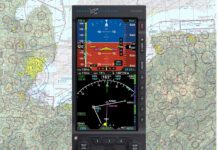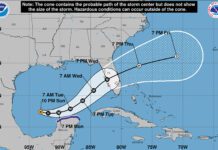Ask yourself the following question: Which has more influence on the safety of your next flight: inflight weather-related decisions or stick and rudder skills?
Odds are, those who use their airplanes for serious transportation will opt for the weather decisions, while those who do primary instruction or fly recreationally will choose the stick and rudder skills. The accident record shows that both are important, and for all kinds of airplanes. Just as there are Super Decathlons that occasionally stumble VFR into IMC, so there are Cessna 210s that depart the runway following a loss of control due to a crosswind.
Risk management says you need to assess the type of flight youre about to make, your airplane, your skills and familiarity with that airplane, and the weather youll hit. Basic stuff, right? Now change the kind of airplane youre flying and see what it does to your decision-making strategy.
Recently I found myself re-examining the state of my flying. Our roomy and reliable Piper Lance was well-equipped for IFR flying, with a lightning detector, Garmin 430 and two-axis autopilot. It had redundant vacuum sources, redundant nav/comms, redundant GPS and speed mods.
The Lance is a fairly simple airplane to fly – forgiving and docile, despite its description by the FAA of being high performance. Decision-making became the biggest determinant of how risky a given flight was likely to be.
However, I found that as the years passed we used the airplane less and less as the family-hauler and business-related cross-country machine it is designed to be. My personal flying started leaning decidedly toward recreation rather than transportation.
With that in mind, the Lance went on the sales block and found a home with some good folks in Alabama. Replacing it in the hangar (and in my logbook) is an American Champion Adventure, better known by its popular monicker of Citabria.
Trading a 3,600-pound traveling machine for a 1,750-pound taildragger requires quite a shift, both in operating technique and in-flight risk assessment. While I have successfully landed the Lance with winds of 30 gusting to 50 off the side of the airplane, the Citabria will be staying tucked in its hangar during such weather. But the Citabria will get the work on those gorgeous Florida days when theres no place much to go – a time when the Lance would hardly be calling me away from my desk.
The assumptions and cockpit discipline that go with flying IFR cross-countries are far different than those in a tandem taildragger. So are the mechanical skills and perceptual challenges. When you assess your own risk, keep in mind not only where and how youre flying, but what. The differences may surprise you.
-Ken Ibold



